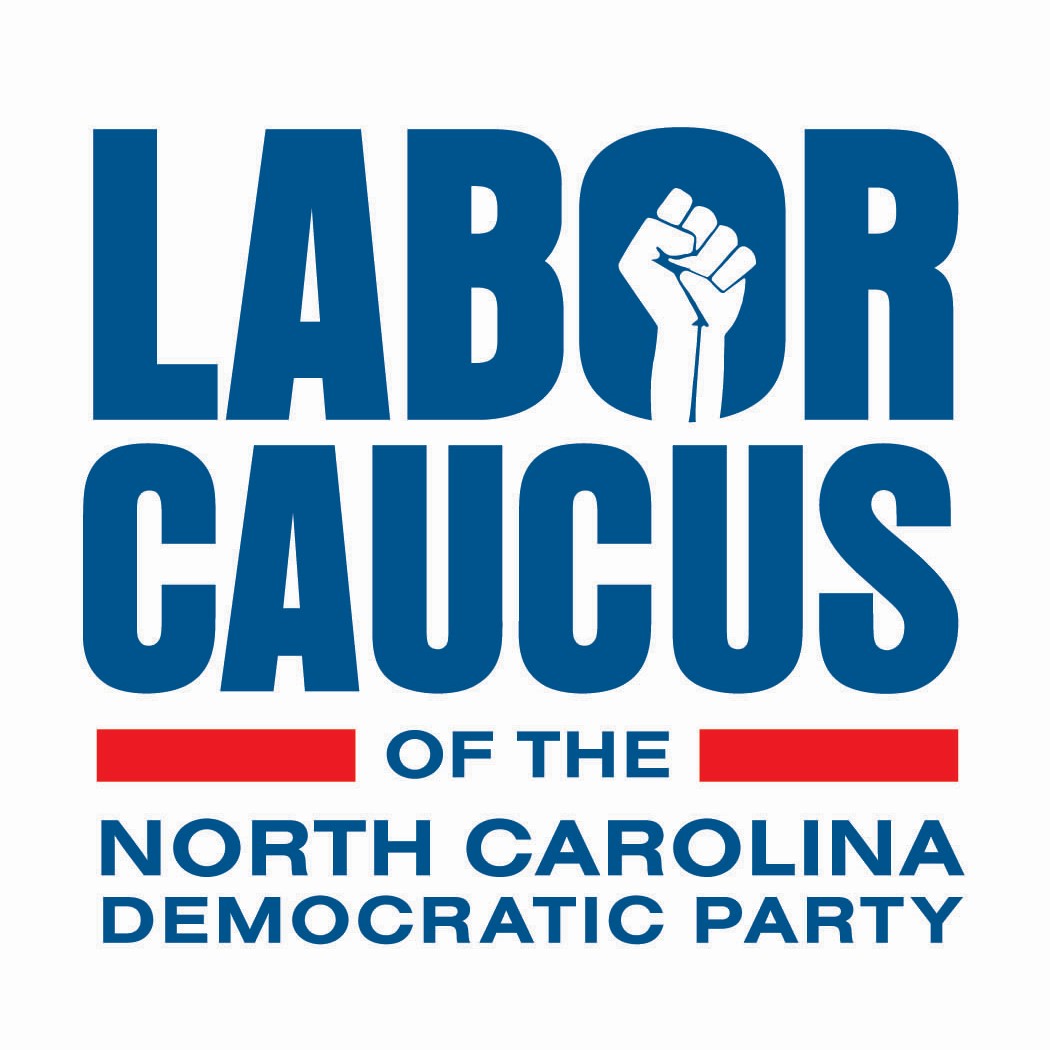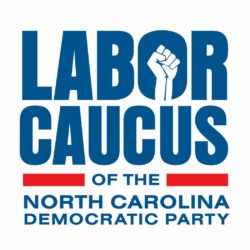Restore the Voting Rights Act
 The John Lewis Voting Rights Act (also known as H.R.4) is proposed legislation that would restore and strengthen parts of the Voting Rights Act of 1965, certain portions of which were struck down by the United States Supreme Court in 2013 by Shelby County v. Holder.[1] Particularly, it would bring back the Voting Rights Act of 1965’s requirement that certain states pre-clear certain changes to their voting laws with the federal government.[2] It was last introduced in the 116th Congress, and is named after late Georgia Representative and voting rights activist John Lewis.
The John Lewis Voting Rights Act (also known as H.R.4) is proposed legislation that would restore and strengthen parts of the Voting Rights Act of 1965, certain portions of which were struck down by the United States Supreme Court in 2013 by Shelby County v. Holder.[1] Particularly, it would bring back the Voting Rights Act of 1965’s requirement that certain states pre-clear certain changes to their voting laws with the federal government.[2] It was last introduced in the 116th Congress, and is named after late Georgia Representative and voting rights activist John Lewis.
H.R. 4 restores and modernizes the Voting Rights Act by:
Creating a new coverage formula that hinges on a finding of repeated voting rights violations in the preceding 25 years.
- Significantly, the 25-year period is measured on a rolling basis to keep up with “current conditions,” so only states and political subdivisions that have a recent record of racial discrimination in voting are covered.
- States and political subdivisions that qualify for preclearance will be covered for a period of 10 years, but if they establish a clean record during that time period, they can be extracted from coverage.
Establishing “practice-based preclearance,” a targeted process for reviewing voting changes in jurisdictions nationwide focused on measures that have historically been used to discriminate against voters of color. The process for reviewing changes in voting is limited to a set of practices, including:
- Changes to the methods of elections (to or from at-large elections) in areas that are racially, ethnically, or linguistically diverse;
- Reductions in language assistance;
- Annexations changing jurisdictional boundaries in areas that are racially, ethnically, or linguistically diverse;
- Redistricting in areas that are racially, ethnically, or linguistically diverse;
- Reducing, consolidating, or relocating polling locations in areas that are racially, ethnically, or linguistically diverse; and
- Changes in documentation or requirements to vote or register.
H.R. 4 also:
- Allows a federal court to order states or jurisdictions to be covered for results-based violations, where the effect of a particular voting measure is racial discrimination in voting and denying citizens their right to vote;
- Increases transparency by requiring reasonable public notice for voting changes;
- Allows the attorney general authority to request the presence of federal observers anywhere in the country where there is a serious threat of racial discrimination in voting; and
- Revises and tailors the preliminary injunction standard for voting rights actions to recognize that there will be cases where there is a need for immediate preliminary relief.
The First provision in the John Lewis Voting Rights Act broadens cases in which the U.S. Attorney General may send federal observers to jurisdictions the courts have deemed necessary, as well as allow for the courts to block all new election policy in a wider range of circumstances. It does so by amending applicable portions of the VRA that say “violations of the 14th and 15th Amendment” to also include “violations of this Act, or violations of any Federal law that prohibits discrimination in voting on the basis of race, color, or membership in a language minority group.”[27][28]
Restoring federal pre-clearance
The act’s new formula would subject jurisdictions that meet these criteria to the requirement:
- Any state that has had 15 or more voting rights violations within the last 25 years.
- Any state that has had 10 or more voting rights violations and at least 1 of those violations were committed by the state itself (as opposed to a jurisdiction within the state) within the last 25 years.
State requiring pre-clearance under 1965 Voting Rights Act compared to
under the HR 4.

Any subdivision in a state that has had 3 or more voting rights violations within the last 25 years would also be subject to the requirement.
The act counts any of the following as a voting rights violation:
- A standing court ruling that has found denial or abridgement of the right to vote on account of race, color, or being in a “language minority group” in a way that violates the 14th or 15th amendments anywhere within the state or subdivision.
- A standing court decision that has found that an election law or procedure that was either enacted or would have been enacted would have abridged the right to vote on account of race, color, or being in a “language minority group” in a way that violates the act itself anywhere in a state or subdivision.
- A standing court decision that denied a declaratory request and prevented any new election policy or procedure from taking effect anywhere within the state or subdivision.
- The Attorney General has a standing objection that prevented any new election policy or procedure from taking effect anywhere within the state or subdivision.
- A settlement or consent decree that caused the state or subdivision to alter or abandon a voting policy, if the policy was challenged because it abridged the right to vote on the account of race, color, or “membership in a language minority” in a way that violates the act itself or the 14th or 15th amendments.
Expanding covered practices
The bill would also expand the changes to election procedure that would require federal pre-clearance, occasionally with unique standards for being subject to the requirement (i.e. the percentage of the population that is considered a racial minority).[27]
Election seats and jurisdiction boundary changes
Any state or subdivision that has either:
- Two or more racial or language minorities that each represent 20% or more of the voting-age population.
- A single language minority that represents 20% or more of the voting-age population on Native-American lands that are located entirely or partially in the state or subdivision.
Must get federal pre-clearance before implementing any of the following policies:
- Changes to the number of seats that are elected at-large in the state or subdivision.
- Conversion of one or more seats from a single-member district to one or more at-large districts or to multi-member districts.
- Any change (or series of changes) to the boundaries of a jurisdiction that reduces by 3 or more percentage points the proportion of the voting-age population of any one racial or language minority group.
Redistricting
Any change to the boundaries of electoral districts in a state or subdivision would need federal pre-clearance if they meet either of the criteria:
- The state or subdivision had a population increase of 10,000 or more in any racial or language minority since the previous census.
- Any racial or language minority sees an increase of at least 20% of the size of the voting age population since the previous census.
Voter I.D. requirements
Any change to voter I.D. requirements that is more strict than the one described in the Help America Vote Act, or any change that will make voter I.D. requirements more stringent than on the day the John Lewis Voting Rights Act is enacted, would be require to seek federal pre-clearance before being implemented.
Multi-lingual voting materials
Any alteration that reduces the amount of multi-lingual voting materials or changes the way in which multi-lingual voting materials are given out to people would need to seek federal pre-clearance, unless a similar alteration occurs in the English voting materials for an election.
Voting locations and voting opportunities
Any change that would reduce, relocate, or consolidate voting locations (including early, absentee, and election day voting locations), or reduce the number of days or hours of early voting on Sundays would be subjected to the pre-clearance requirement if they meet either of these criteria:
- Census data finds that two or more racial or language minority groups each make up 20% of the voting age population in the jurisdiction.
- Census data finds that 20% of the voting-age population on a Native-Americans land is in one language minority group.
Voter roll maintenance
Any change to election policy that adds a new reason to remove a person from a voter roll or puts in place a new process to remove a person from the voter roll must seek federal pre-clearance (if it is a jurisdiction with-in the state):
- Two racial or language minorities make up 20% of the population.
- 20% of the population is a single language minority on Native-American lands.
And if the state itself is imposing such a change then it must seek pre-clearance if:
- The population of the state contains 2 minorities that make up 20% of the population.
- A subdivision in the state meets the same requirements, but the subdivision itself would be the only place affected.
Pre-clearance for states already covered
For the states that already met the requirements for federal pre-clearance under the new formula provided, the bill states that they will also have to seek approval for any new procedure under the new covered practices. It allows states that are covered to seek approval from a three-judge panel or the Attorney General, and allows any appeals of either of these to go to the Supreme Court.
Enforcement
The bill allows both the Attorney General or any ordinary person to sue a state if they believe that they are avoiding federal pre-clearance. It states that the three judge panel will determine if a policy is supposed to seek federal pre-clearance, and until the court has made that determination that the policy is blocked from going into effect.
https://civilrights.org/resource/support-h-r-4-voting-rights-advancement-act/
Copyright 2024 All Rights Reserved Website by Chatham Fullstack

